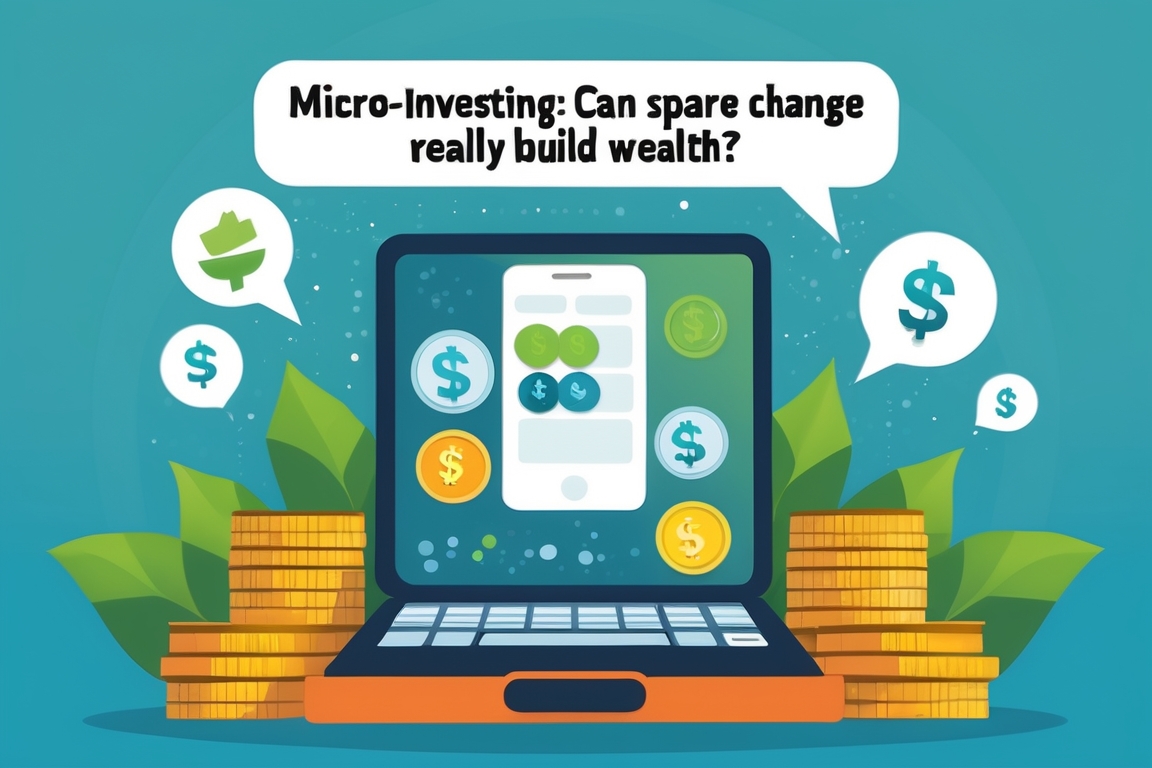For many beginners, the stock market feels like a confusing jungle filled with charts, ticker symbols, and acronyms. But once you understand the basics, investing in stocks becomes far less intimidating—and could become a key tool in building long-term wealth.
Whether you’re looking to grow your retirement savings, invest spare cash, or simply understand what’s happening when the market is in the headlines, this guide will give you the foundation you need to start your investing journey with confidence.
What Is the Stock Market, Really?
At its core, the stock market is a place where companies raise money and investors buy ownership in those companies. When a company goes public through an Initial Public Offering (IPO), it offers shares—tiny pieces of ownership—to the public.
Those shares are then bought and sold on stock exchanges like the New York Stock Exchange (NYSE) or NASDAQ. The price of a stock is determined by supply and demand—how many people want to buy versus how many want to sell.
When you own a stock, you become a shareholder, which means you own a small piece of that company. As the company grows and becomes more valuable, so does your investment.
Why Invest in Stocks?
The stock market has historically offered higher returns than other types of investments like savings accounts, bonds, or real estate over the long term. Here are a few reasons why people invest in stocks:
- Growth potential: Stocks can increase in value over time, offering capital gains.
- Dividend income: Some companies pay out a portion of profits to shareholders regularly.
- Beating inflation: Stocks often outpace inflation, helping your money retain its value.
- Compound interest: Reinvesting gains helps your money grow exponentially over time.
Common Stock Market Terms You Should Know
- Stock: A share in the ownership of a company.
- Index: A collection of stocks used to track market performance (e.g., S&P 500, Dow Jones).
- Bull market: When stock prices are rising.
- Bear market: When stock prices are falling.
- Portfolio: A collection of your investments.
- Diversification: Spreading your investments to reduce risk.
How to Start Investing in Stocks
- Set Your Financial Goals
What are you investing for—retirement, a home, college, or just to grow your wealth? Your goals will determine your timeline and risk tolerance.
- Understand Your Risk Tolerance
Stock investments carry risk. Some people are comfortable with ups and downs, while others prefer stability. Knowing how much volatility you can handle helps you choose the right investments.
- Open a Brokerage Account
To buy stocks, you’ll need a brokerage account. There are many platforms—like Fidelity, Charles Schwab, Robinhood, or E*TRADE—each with different features, fees, and user experiences. Choose one that fits your comfort level and investing style.
- Start Small and Learn
You don’t need a fortune to begin. Many platforms allow you to buy fractional shares, meaning you can invest as little as $1 in companies like Apple or Amazon.
What Should You Invest In?
There are thousands of stocks to choose from, but beginners often start with:
- Individual Stocks: Buy shares in companies you know and believe in.
- ETFs (Exchange-Traded Funds): These bundle multiple stocks together (e.g., the S&P 500 ETF) and are great for diversification.
- Index Funds: Similar to ETFs but often held in mutual funds—great for long-term investors.
A good beginner strategy is to invest in a broad market index fund, like an S&P 500 ETF. This gives you exposure to 500 of the largest U.S. companies in one simple investment.
Tips for Successful Investing
- Invest consistently: Use dollar-cost averaging—investing a set amount at regular intervals—to reduce the impact of market volatility.
- Think long term: Time in the market beats timing the market. The longer you stay invested, the more your money can grow.
- Avoid emotional decisions: The market will rise and fall. Stick to your plan and avoid panic selling.
- Reinvest your dividends: If you receive dividend payments, reinvest them to take advantage of compounding growth.
Common Mistakes to Avoid
- Chasing trends or hype: Buying the latest hot stock without research can lead to losses.
- Lack of diversification: Putting all your money in one company is risky.
- Trying to time the market: Even pros can’t consistently predict market highs and lows.
Final Thoughts
Understanding the stock market may seem overwhelming at first, but it’s one of the most powerful tools you have to build wealth over time. By learning the basics, setting clear goals, and staying disciplined, you can start investing with confidence—even as a beginner.
Remember: You don’t need to be a Wall Street expert to make smart moves. Start small, stay curious, and let time and consistency do the heavy lifting. The best day to start investing was yesterday—the second best is today.













